In the fast-paced world of automotive innovation, where manufacturers continuously push the boundaries of performance, fuel efficiency, and emissions, there remains a timeless virtue that transcends fleeting trends and technological gimmicks: reliability.
For countless drivers around the globe, the ultimate mark of a great engine isn’t how many horsepower it produces or how quickly it launches from zero to sixty.
Instead, it is how steadfastly that engine can deliver power, day after day, year after year, without demanding costly or time-consuming repairs. Among the vast array of engines that have powered vehicles over the past century, some stand out not merely for their performance but for their almost legendary durability—engines that almost never need a rebuild.
The importance of an engine that resists wear and failure cannot be overstated. Rebuilding an engine—essentially taking it apart to replace worn or damaged components—is one of the most significant maintenance undertakings an owner can face.
It often means weeks or months of downtime, major expense, and the uncertainty that comes with replacing parts on a complex mechanical system.
While every internal combustion engine is subject to wear over time, certain engines have been designed and engineered with such ruggedness and longevity that they routinely surpass hundreds of thousands of miles without any major intervention. These engines become the backbone of reliable transportation, earning the trust of drivers, mechanics, and fleet operators alike.
Typically, it’s a combination of robust materials, conservative engineering tolerances, and well-thought-out designs that prioritize long-term durability over short-term gains in power or weight savings. They often feature heavy-duty cast iron blocks, forged internals, and straightforward fuel and ignition systems that are less prone to failure.
Many rely on proven mechanical systems rather than delicate electronic components, and they tend to operate within comfortable performance margins that minimize stress on vital parts. Additionally, proper maintenance—regular oil changes, cooling system upkeep, and timely replacements of wear items—plays a crucial role in unlocking their full lifespan potential.
Throughout this article, we explore ten such engines that have earned their place in automotive history as paragons of reliability. From the turbocharged Toyota 2JZ-GTE, which has become a legend among enthusiasts for its nearly indestructible internals, to the humble and simple Ford 300 Inline-6, known for powering work trucks through decades of abuse, each engine tells a story of endurance.
Some are gasoline-powered marvels that blend advanced engineering with bulletproof construction, while others are robust diesels revered for their torque and longevity in commercial applications.
Whether you are a car enthusiast seeking a dependable platform for modification, a professional reliant on a vehicle for daily heavy use, or simply someone who values peace of mind on the road, understanding which engines have proven their durability is invaluable.
These powerplants have outlasted trends, emissions regulations, and even the bodies they power, remaining functional and dependable long after other engines have failed. In addition to being engineering feats, these engines represent a philosophy of building machines that work hard and keep going.
In the following sections, we delve into the characteristics, history, and real-world performance of each engine on our list. We examine why they have become synonymous with reliability, the engineering decisions that underpin their durability, and the maintenance habits that owners should follow to keep them running smoothly.
This article is not just a celebration of mechanical toughness but a guide for anyone who wants an engine that can go the distance without a rebuild. Because when it comes to engines, sometimes the best kind of power is the power to last.
Also Read: 5 Hybrids With Smoothest Engine-To-Motor Transitions And 5 That Jerk
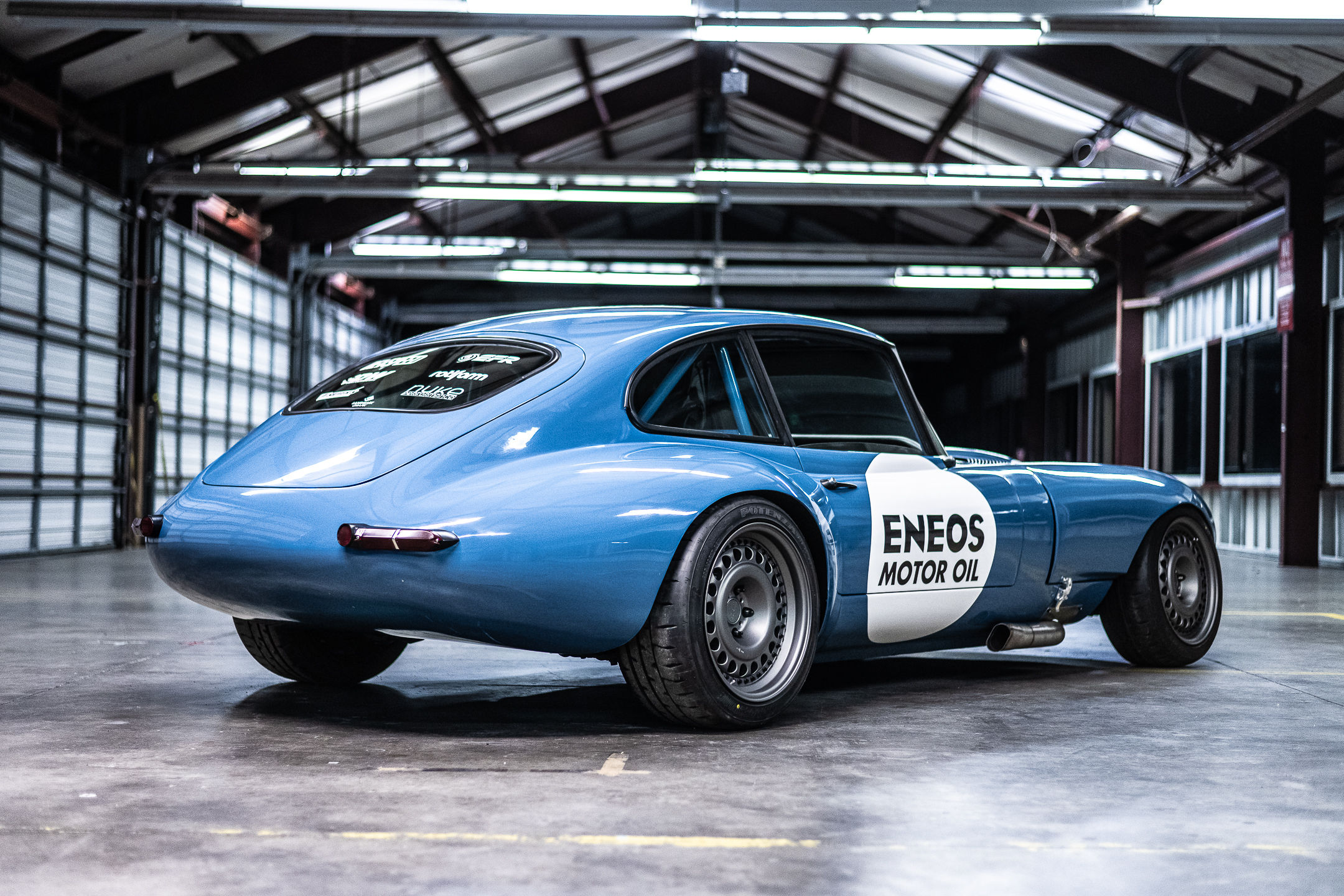
1. Toyota 2JZ-GE/GTE
The Toyota 2JZ engine family is often heralded as one of the most reliable and durable powerplants ever produced, cementing its reputation through decades of consistent performance and remarkable longevity.
Developed in the early 1990s, the 2JZ was originally engineered as a high-performance inline-six engine to compete in the sports car market, notably in the legendary Toyota Supra. Despite its performance roots, the 2JZ quickly earned a reputation far beyond its power figures—it’s known as an engine that can be pushed to extremes yet remain steadfast without requiring a rebuild.
A big part of the 2JZ’s resilience lies in its construction. The block is made from thick cast iron, lending it the rigidity and strength necessary to withstand high cylinder pressures and stress from turbocharging. Unlike many engines designed purely for performance, Toyota over-engineered the 2JZ with durability in mind.
The forged steel crankshaft and connecting rods add to this robustness, ensuring these parts can endure extended periods of high RPMs without fatigue or failure. This internal strength is a critical reason why 2JZ engines regularly power vehicles with 300,000 miles or more on the odometer without a rebuild.
Another factor contributing to the 2JZ’s near-indestructibility is Toyota’s conservative tuning approach. While the turbocharged 2JZ-GTE version can produce upwards of 280 horsepower stock, its internal components were designed to handle much more.
This means the engine often operates well within its mechanical limits during everyday driving, which reduces wear and tear. The naturally aspirated 2JZ-GE is similarly robust, with fewer complex parts and simpler cooling needs, making it even less prone to issues.
The 2JZ is also blessed with a simple yet effective timing system and well-engineered head gaskets, which minimize common failure points found in less thoughtfully designed engines.
Its ability to handle abuse is legendary—racers routinely push these engines to over 1,000 horsepower on upgraded internals, yet stock examples regularly survive decades of use without needing the internal components replaced.
Finally, what truly solidifies the 2JZ’s place on this list is its longevity in real-world conditions. From high-performance sports cars to luxury sedans, the 2JZ has powered vehicles around the globe with exceptional reliability.
Many owners report minimal maintenance aside from regular oil changes and cooling system checks, with engines routinely running well beyond 250,000 miles without significant internal work. In short, the 2JZ-GE/GTE is a perfect example of how thoughtful engineering, quality materials, and conservative tuning can produce an engine that almost never needs a rebuild.
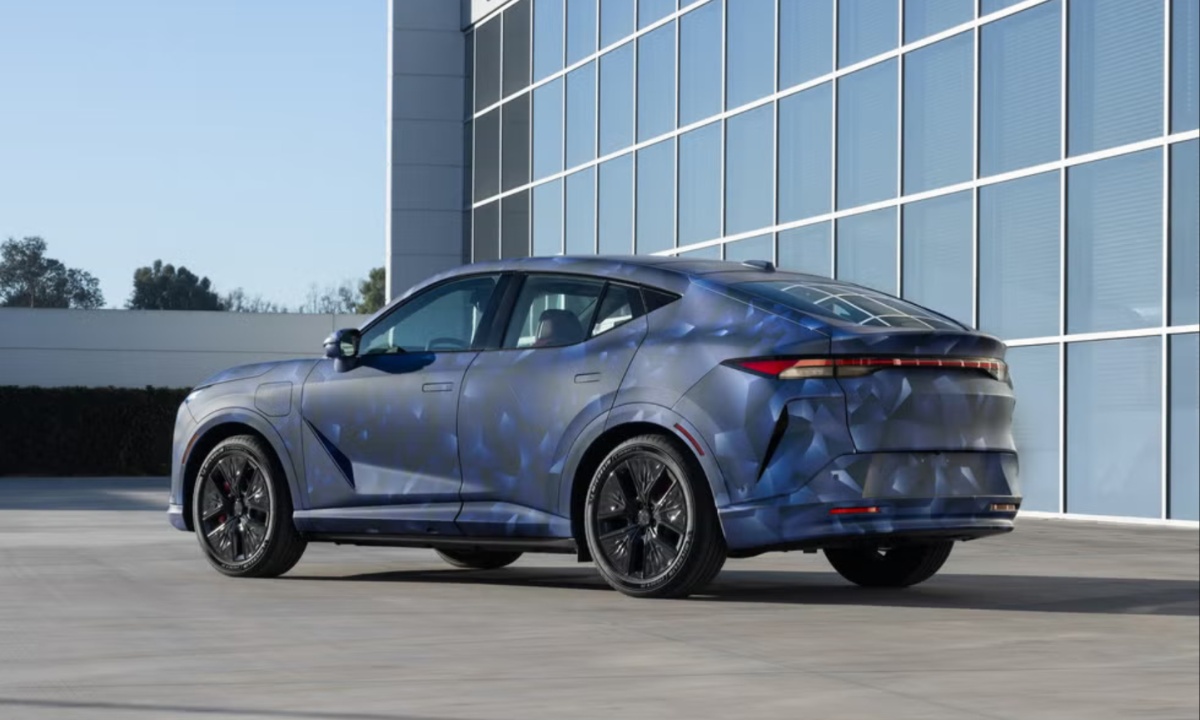
2. Honda K-Series
The Honda K-series engine lineup has garnered immense respect since its introduction in the early 2000s, combining modern design elements with Honda’s well-established pedigree for reliability.
These inline-4 engines are found in a range of vehicles, including the Civic Si, Accord, and Acura RSX, making them some of the most popular and widely used engines in the world. Their blend of efficiency, performance, and longevity has helped the K-series earn a reputation as a powerhouse that’s also incredibly durable.
What sets the K-series apart is its advanced engineering and tight manufacturing tolerances, which allow it to deliver strong power output without sacrificing mechanical durability.
Honda incorporated features like an aluminum block with iron sleeves for wear resistance, as well as a sophisticated Variable Valve Timing and Lift Electronic Control (VTEC) system. VTEC allows the engine to optimize valve timing and lift for both efficiency and performance, reducing unnecessary strain and improving fuel economy—all while keeping the internal components in good health.
The K-series engines utilize a timing chain rather than a timing belt, which is a significant factor in their longevity. Timing chains typically require less maintenance and are less prone to catastrophic failure than belts, reducing the likelihood of expensive engine damage.
Additionally, the chain-driven camshafts and improved head designs ensure consistent valve operation even at higher RPMs, minimizing wear and tear in the cylinder head.
Honda’s focus on precise machining also ensures that the piston rings, bearings, and cylinder walls wear very slowly, which is crucial for maintaining compression and oil control over hundreds of thousands of miles.
Many K-series engines in well-maintained vehicles have surpassed 200,000 to 300,000 miles without requiring a rebuild, and this durability is backed by an enthusiastic aftermarket that supports performance upgrades without compromising reliability.
Another reason the K-series is so durable is its relatively simple and compact design, which allows for easier maintenance and fewer points of failure.
Owners who keep up with oil changes, coolant maintenance, and air filtration tend to experience very few issues. The engine’s widespread use also means parts are abundant and affordable, making preventive maintenance straightforward and economical.
In sum, the Honda K-series stands as a shining example of how an engine can be both modern and enduring. Its combination of advanced technology and rugged construction makes it one of the few engines that drivers can confidently expect to run strong for decades, often without needing any significant rebuild work.
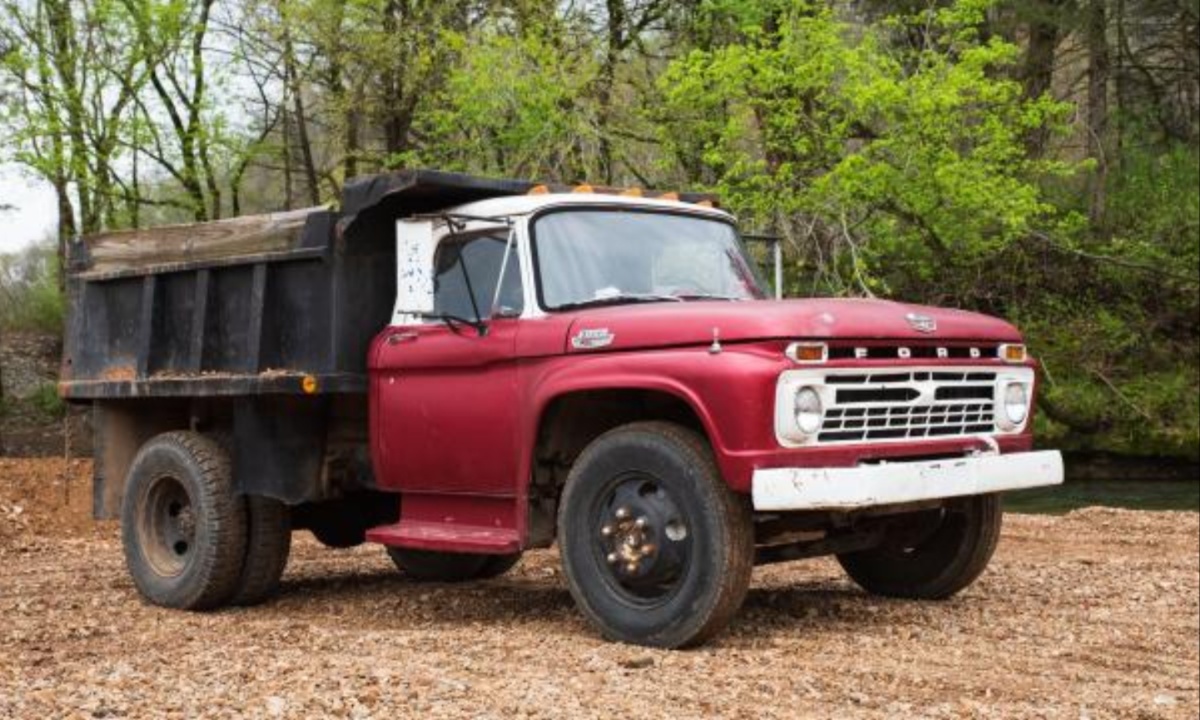
3. Ford 300 Inline-6
The Ford 300 cubic inch inline-6 engine is a legendary workhorse that embodies simplicity and durability. Introduced in the mid-1960s and produced through the early 1990s, the 300 Inline-6 powered countless F-series trucks, vans, and industrial vehicles, earning a reputation as one of the most dependable engines ever made by Ford.
Its robustness and straightforward design have made it a favorite among mechanics, farmers, and enthusiasts alike who need an engine that will not quit.
A key element of the 300’s longevity is its all-iron construction. Both the block and the cylinder head are made from cast iron, which contributes to the engine’s ability to withstand heavy loads, rough driving conditions, and neglect without succumbing to cracks or warping.
Unlike more modern, lighter engines, the Ford 300 isn’t about weight savings or emissions; it’s about durability and low-end torque.
The engine’s design is inherently simple, featuring a single overhead valve setup and a carburetor or simple fuel injection system, depending on the production year.
Its timing is gear-driven rather than chain or belt-driven, virtually eliminating a common point of failure. The non-interference valve design means that if the timing gear were ever to fail, the pistons and valves wouldn’t collide, preventing catastrophic engine damage.
What truly makes the Ford 300 special is its ability to thrive under abuse and neglect. While modern engines require meticulous care, the 300 Inline-6 can run on low-quality fuel, tolerate infrequent oil changes, and still deliver reliable power for hundreds of thousands of miles.
This has made it a favorite in agricultural and industrial applications, where reliability is paramount and downtime is costly. The engine produces a strong, steady torque curve, ideal for hauling heavy loads at low RPMs, which reduces stress on internal components.
The simplicity also makes repairs and maintenance more accessible, which means it’s easier to keep these engines running well for decades. Many 300 Inline-6 engines are still in operation today, with some surpassing half a million miles with minimal rebuilds.
In essence, the Ford 300 Inline-6 is a shining example of an engine designed with a singular goal: to be tough and last forever. Its near-indestructible nature and mechanical simplicity make it a beloved choice for those who want an engine they can depend on for the long haul.
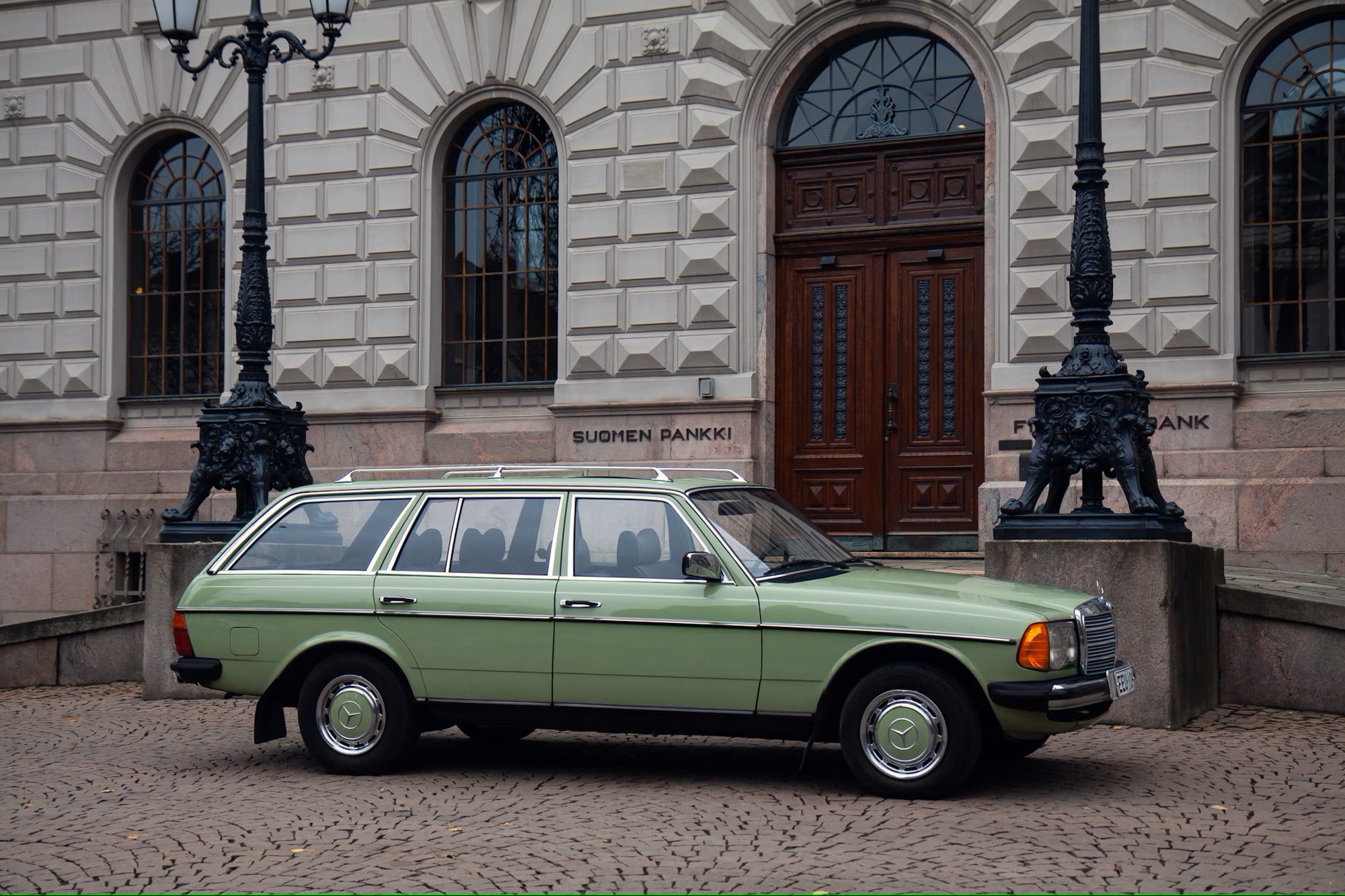
4. Mercedes-Benz OM617 Diesel
The Mercedes-Benz OM617 diesel engine is widely regarded as one of the most durable diesel engines ever built, with a legendary reputation for reaching extraordinary mileage milestones without major overhauls.
Produced from 1974 to 1989, this 3.0-liter, five-cylinder turbocharged and naturally aspirated diesel engine powered the iconic W123 series and other Mercedes vehicles. It has earned the nickname “million-mile engine” due to countless reports of OM617 engines running smoothly well past 500,000 miles, and in some cases, exceeding one million miles.
What makes the OM617 stand out is its combination of heavy-duty engineering and simplicity. The engine features a cast iron block and head, which provide exceptional strength and thermal stability. Its robust forged internals, including the crankshaft and pistons, contribute to its ability to endure prolonged stress and abuse.
Unlike many modern diesels that use complex electronic systems and high-pressure common rail injection, the OM617 utilizes a mechanically controlled indirect injection system. This simpler fuel system is easier to maintain and less prone to failure.
The OM617 is also renowned for its exceptional build quality. Mercedes-Benz engineers designed it to prioritize longevity over weight reduction or cost-cutting measures. The engine features generous bearing surfaces and a thick block wall, which contribute to its resistance to wear and heat-related issues. These attributes allow it to maintain consistent performance over hundreds of thousands of miles.
Another reason the OM617 is so reliable is its relatively low operating RPM and torque-focused nature. The engine was designed to operate efficiently at moderate speeds, which reduces internal stresses and helps prevent premature wear. Additionally, the cooling and lubrication systems are robust and straightforward, making routine maintenance simpler and more effective.
Owners of vehicles powered by the OM617 often report that regular oil changes and fuel system maintenance are usually all that’s needed to keep the engine running smoothly for decades. Even after more than 400,000 miles, it’s common for these engines to require only minor parts replacements, avoiding the need for a full rebuild.
In summary, the Mercedes-Benz OM617 is a testament to the virtues of solid engineering and simplicity. Its ability to deliver reliable power over hundreds of thousands of miles makes it one of the most respected diesel engines in automotive history, perfectly embodying the “engine that almost never needs a rebuild” philosophy.
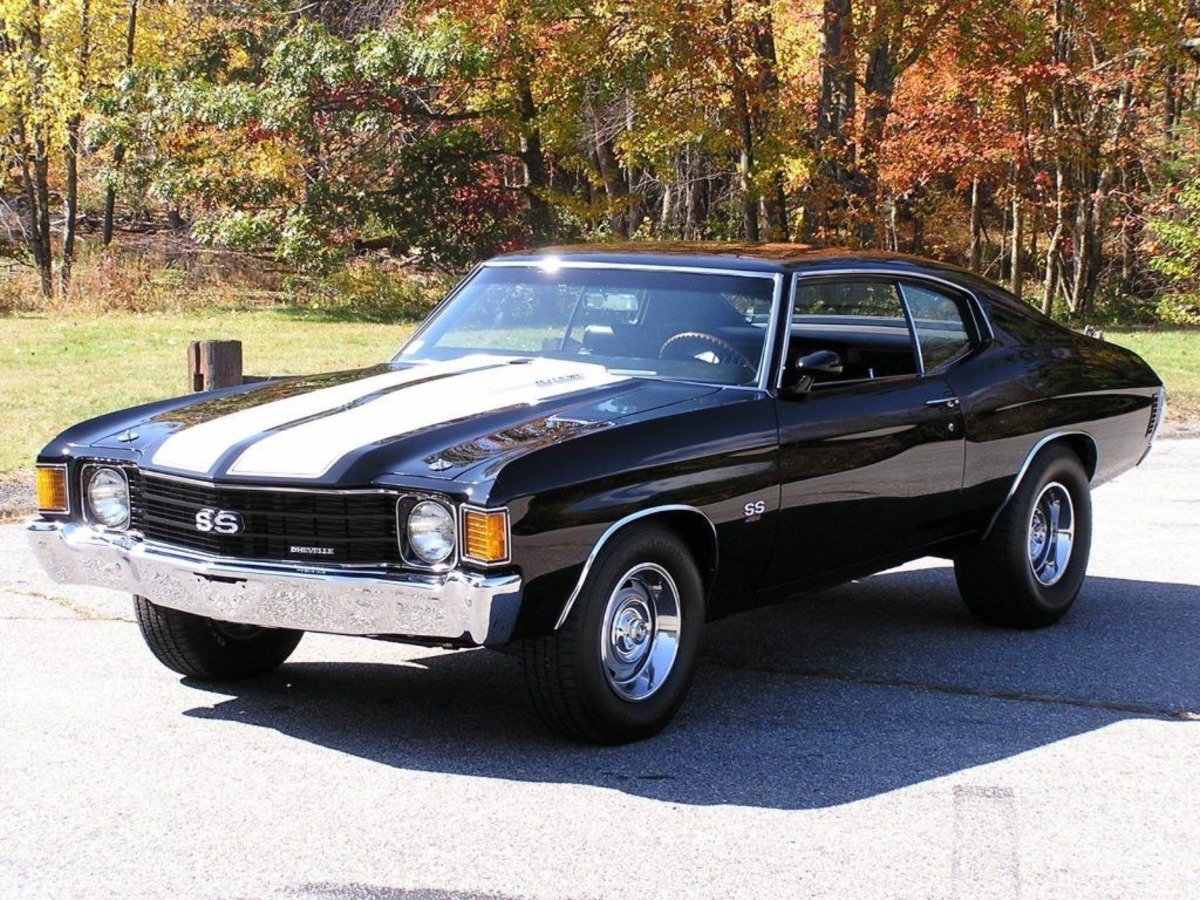
5. Chevrolet Small-Block V8 (350)
The Chevrolet small-block V8, especially the 350 cubic inch version introduced in 1967, stands as one of the most iconic and enduring engines in automotive history.
Revered not only for its power and versatility but also for its astonishing reliability, the Chevy 350 has been used in countless applications, from muscle cars and trucks to boats and industrial equipment. Its widespread use and long production run speak volumes about its design’s adaptability and durability.
One of the core reasons the small-block Chevy V8 rarely needs a rebuild is its simple and robust design. The engine features a cast-iron block and heads (with aluminum variants in later models), with a conventional pushrod valvetrain that is easier to maintain and less prone to timing-related issues compared to overhead cam designs. This simplicity translates into fewer failure points and easier repairs, contributing to its longevity.
The Chevy 350 is also well-known for its generous oiling system, which ensures critical engine components receive adequate lubrication, even under high-stress conditions.
The oil pump and passages are designed for optimal flow, reducing the risk of premature wear due to oil starvation. This robust lubrication system is a key factor behind the engine’s ability to run strong well beyond the 200,000-mile mark without needing major internal repairs.
In addition to mechanical reliability, the small-block Chevy V8 has a wide aftermarket parts ecosystem that allows owners to easily maintain or upgrade their engines with high-quality components.
This accessibility helps prolong the engine’s life, as owners can replace worn parts with readily available, durable replacements rather than attempting risky repairs or neglecting maintenance.
Furthermore, the Chevy 350’s versatility means it’s found in a variety of vehicles and applications, each demanding reliability in different ways. From towing heavy loads in trucks to delivering spirited performance in muscle cars, the engine’s design balances power and durability effectively.
Many owners report that with routine maintenance, such as regular oil changes, cooling system checks, and valve adjustments, the Chevy small-block can easily reach and surpass 300,000 miles without a rebuild.
Overall, the Chevrolet small-block 350 V8 represents an era when engines were designed to be strong, straightforward, and repairable. Its legendary status among mechanics and enthusiasts alike stems from its ability to deliver dependable power day in and day out, making it a staple in the “engines that rarely need a rebuild” category.
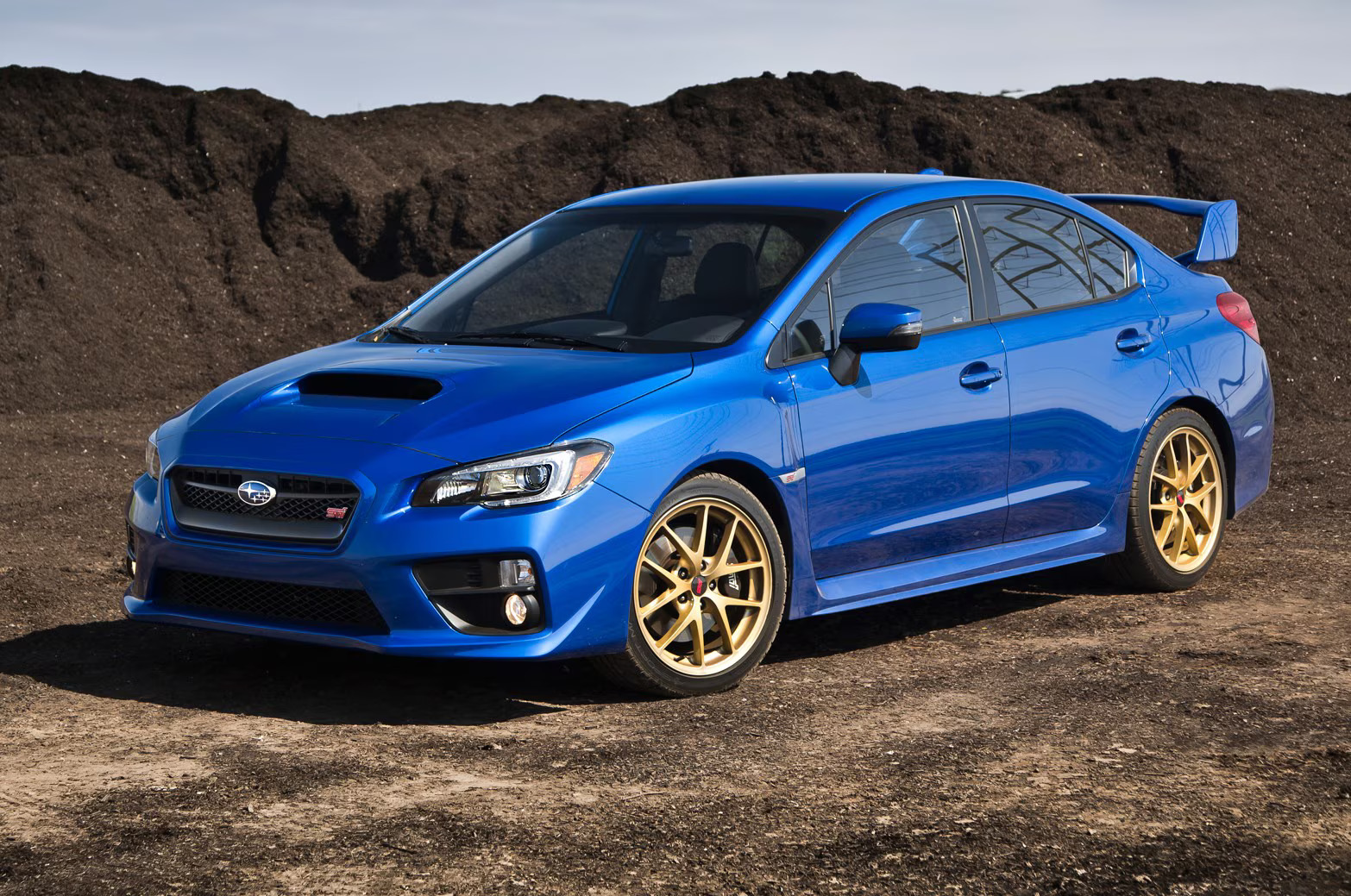
6. Subaru EJ25
The Subaru EJ25 engine, particularly the naturally aspirated and turbocharged variants, has built a reputation for long-term durability, especially when maintained properly. Introduced in the 1990s as part of Subaru’s EJ engine family, the EJ25 is a 2.5-liter flat-four “boxer” engine known for its low center of gravity, smooth operation, and reliable performance. It powers popular models such as the Subaru Outback, Legacy, and WRX, and it has proven its longevity under a variety of conditions.
One of the key factors in the EJ25’s resilience is its horizontally opposed cylinder layout, which offers a balanced design that reduces vibration and uneven wear on internal components.
This layout also aids in keeping the engine’s center of gravity low, improving vehicle stability and reducing stress on the engine mounts and drivetrain. Because of this balance, the engine experiences less internal mechanical strain over time compared to inline or V-type engines.
The EJ25’s block is made from aluminum alloy with cast iron cylinder liners, providing a combination of lightweight and durability. The engine’s design includes robust forged components in many versions, especially in turbocharged models, to handle increased power and boost pressures without compromising reliability.
Additionally, Subaru’s use of timing belts in many EJ25 models is known for longevity, with recommended replacement intervals that, if followed, help avoid catastrophic failures.
Another reason the EJ25 is considered rebuild-resistant is Subaru’s focus on efficient cooling and lubrication systems. The engine is designed to maintain stable operating temperatures and deliver oil effectively to all critical components, which is essential in preventing premature wear.
While some owners report issues related to head gasket failures in earlier EJ25 models, Subaru addressed many of these concerns in later revisions with improved gasket materials and head designs. With diligent maintenance—regular oil changes, cooling system flushes, and timing belt replacements—the EJ25 engines often surpass 200,000 miles without needing a rebuild.
Enthusiasts and everyday drivers alike appreciate the EJ25’s combination of smooth power delivery, robust construction, and relatively simple maintenance. This combination makes it a reliable choice for those looking for an engine that can endure the test of time, particularly in varied climates and driving conditions.
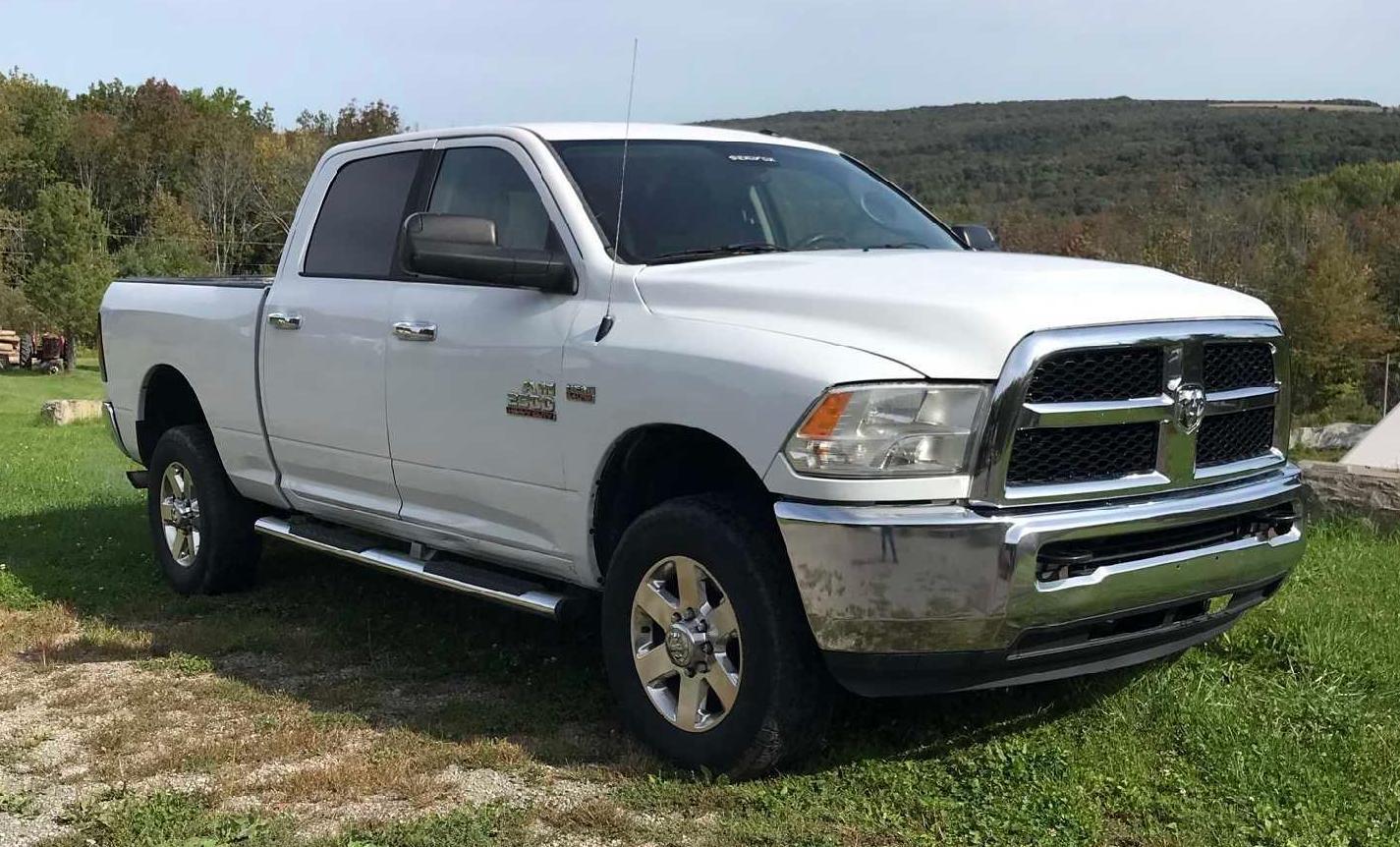
7. Cummins 5.9L 12-Valve Diesel
The Cummins 5.9L 12-valve diesel engine is a legendary piece of engineering that has earned an almost mythic status for its durability and longevity.
Produced from the mid-1980s to the late 1990s, this inline-six diesel powered numerous Dodge Ram trucks and was a favorite among commercial and personal users alike. It was built with simplicity and ruggedness in mind, which is precisely why it rarely requires a rebuild under proper maintenance.
The 5.9L Cummins stands out for its straightforward mechanical fuel injection system, which uses a mechanical injection pump rather than an electronic one. This simplicity reduces the risk of complex failures that can plague modern diesel engines.
The lack of turbochargers in earlier models means less heat and stress, allowing the engine to run cooler and last longer. When turbocharged versions appeared, they maintained the same heavy-duty construction and reliability.
The block and cylinder head are made of cast iron, built to withstand the high compression ratios typical of diesel engines. Internal components such as the crankshaft and connecting rods are forged to withstand heavy loads and prolonged usage.
The engine’s large displacement and low operating RPM contribute to reduced wear rates, as it doesn’t need to spin as fast to produce adequate torque and power.
Owners of the Cummins 5.9L frequently report mileage well beyond 300,000 to 400,000 miles without major engine work, and many have pushed their trucks past the half-million-mile mark with only regular maintenance.
Oil changes, fuel system cleanings, and valve adjustments are generally all that’s required to keep these engines running smoothly. Its ease of repair and the abundance of aftermarket support further extend its lifespan, as worn parts can be easily replaced without costly procedures.
In commercial applications such as farming, towing, and heavy hauling, the Cummins 5.9L 12-valve engine has been proven to stand up to the toughest conditions. Its reliability and longevity have earned it a devoted following among diesel enthusiasts and professionals who rely on its capability and minimal downtime. The engine’s reputation as a rebuild-resistant powerhouse has made it one of the most respected diesels ever produced.
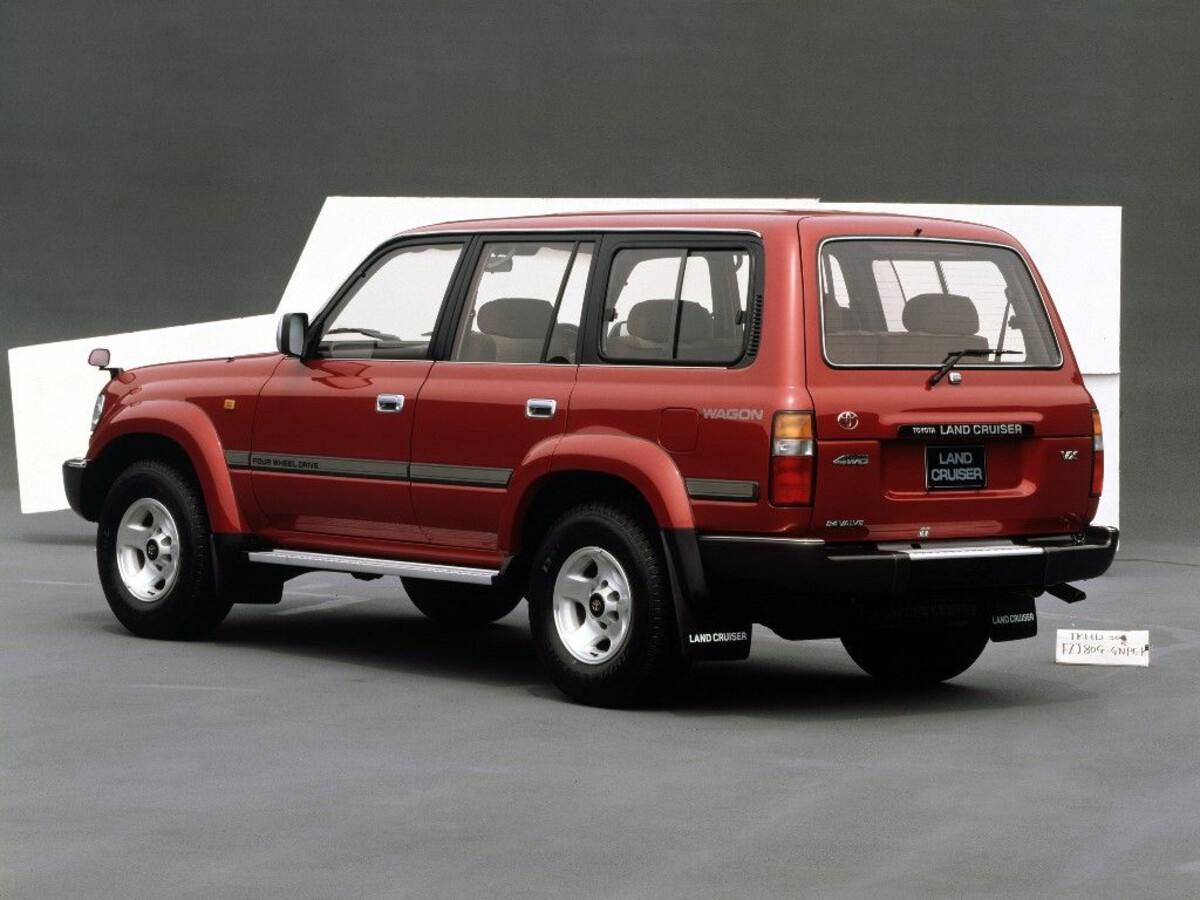
8. Toyota 1HZ Diesel
The Toyota 1HZ is a naturally aspirated 4.2-liter inline-six diesel engine that has earned worldwide acclaim for its simplicity, reliability, and longevity. Introduced in the early 1990s, it powered many Toyota Land Cruiser models, vehicles renowned for their durability and off-road capabilities.
The 1HZ is often regarded as a no-nonsense diesel engine that performs exceptionally well in the harshest conditions and requires minimal maintenance to keep running.
A major reason behind the 1HZ’s impressive longevity is its simple mechanical fuel injection system, which avoids the complexity of electronic controls. This simplicity minimizes potential failure points and makes the engine easier to service in remote locations where specialized tools and diagnostic equipment may not be available.
Its cast-iron block and head provide robustness, and the engine’s long stroke design helps produce strong low-end torque without placing excessive stress on components.
The 1HZ is engineered to operate at moderate RPMs, which reduces internal wear and contributes to its ability to run hundreds of thousands of miles without major internal repairs. Its indirect injection system also provides smooth and reliable combustion, reducing heat spikes that can accelerate wear in other diesel engines. The naturally aspirated design avoids the additional thermal stress associated with turbocharging, further enhancing durability.
Owners often praise the 1HZ for being virtually bulletproof, able to endure extreme climates, rough terrains, and long periods between services without trouble. This has made the engine a favorite choice for overlanders, safari vehicles, and commercial fleets in developing countries. Many 1HZ engines have surpassed 300,000 miles with only routine maintenance such as oil changes, fuel filter replacements, and valve adjustments.
Because of its straightforward design, the 1HZ is also relatively easy to rebuild if needed, though many owners find that this is rarely necessary. Its ability to maintain consistent performance over decades has helped Toyota maintain its reputation for reliability in diesel-powered vehicles, and the 1HZ remains a benchmark for durable diesel engineering.
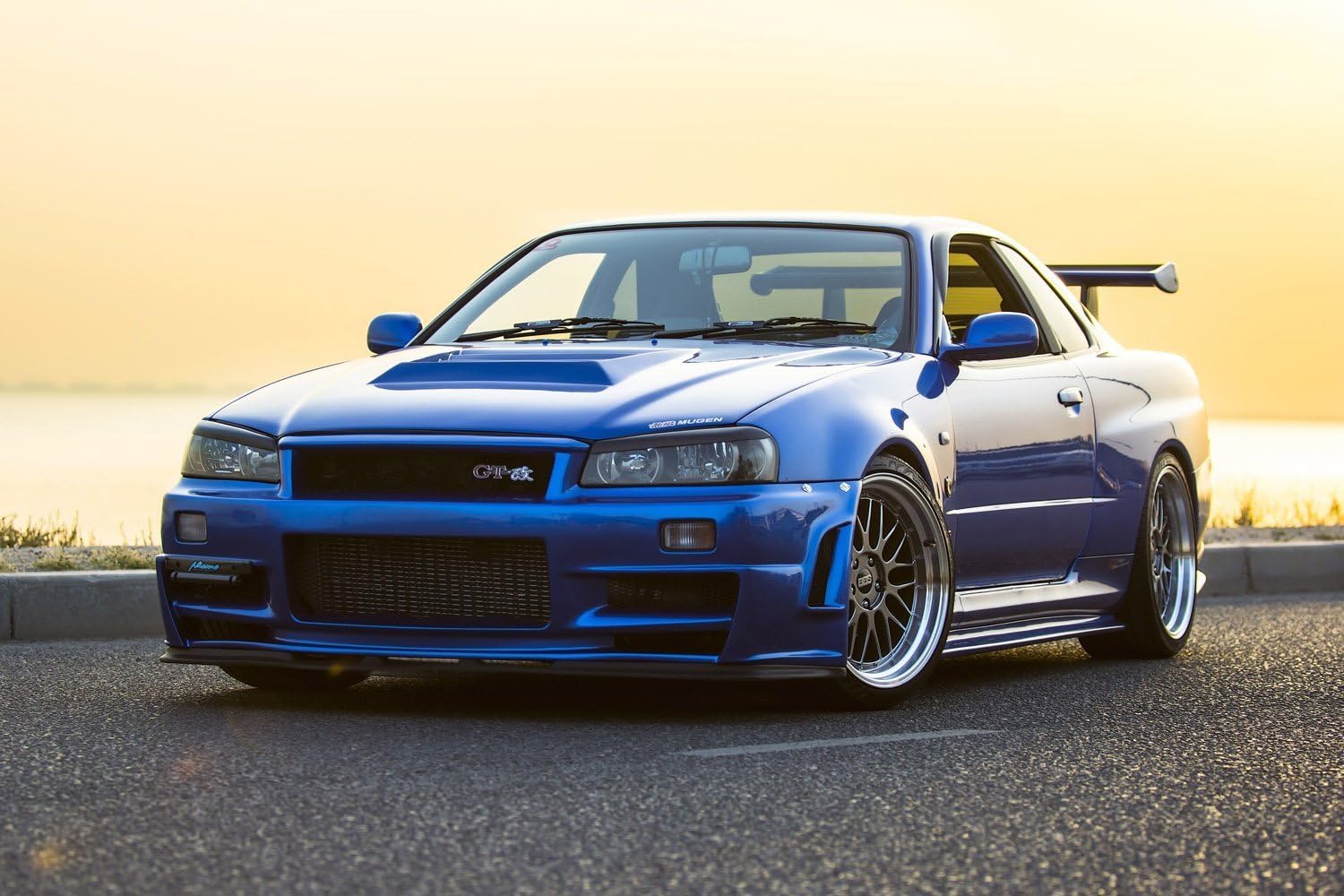
9. Nissan RB26DETT
The Nissan RB26DETT is a high-performance 2.6-liter inline-six engine famous for its combination of power and durability. Found in the Nissan Skyline GT-R models of the late 1980s and 1990s, the RB26DETT was engineered to deliver exceptional performance while maintaining a strong reputation for reliability.
It has become an icon among tuners and enthusiasts, but beyond its racing pedigree, it is also known for rarely needing a rebuild when properly maintained.
One of the key reasons the RB26DETT lasts so long is the quality of its internal components. The engine features a robust iron block and aluminum head design, with forged pistons, connecting rods, and a forged steel crankshaft. This strong bottom end can handle high power outputs and heavy turbocharging with little risk of failure.
Its dual overhead camshafts and six individual throttle bodies allow for precise engine management and efficient airflow, helping the engine breathe well and run smoothly.
Despite its reputation as a performance engine, the RB26DETT is surprisingly durable at stock power levels. Many owners have reported exceeding 200,000 miles without any major internal work. This is due to Nissan’s attention to detail in assembly and use of high-quality materials, along with an effective cooling system that prevents heat-related damage—a common enemy of longevity in high-performance engines.
The engine’s timing system utilizes a chain drive, which contributes to its durability compared to belt-driven systems that require periodic replacement and can fail catastrophically.
The RB26DETT also features a strong head gasket design that resists the common failure modes seen in other turbocharged engines. Regular maintenance, including oil changes and proper cooling system care, is vital, but the engine’s robust engineering makes it forgiving to some extent.
Beyond its factory build, the RB26DETT has a vast aftermarket support network, enabling enthusiasts to upgrade components without sacrificing reliability. This has made it popular in motorsport and tuning circles. However, the engine’s natural durability means it’s often chosen for street-driven vehicles, where it continues to provide reliable performance without frequent rebuilds.
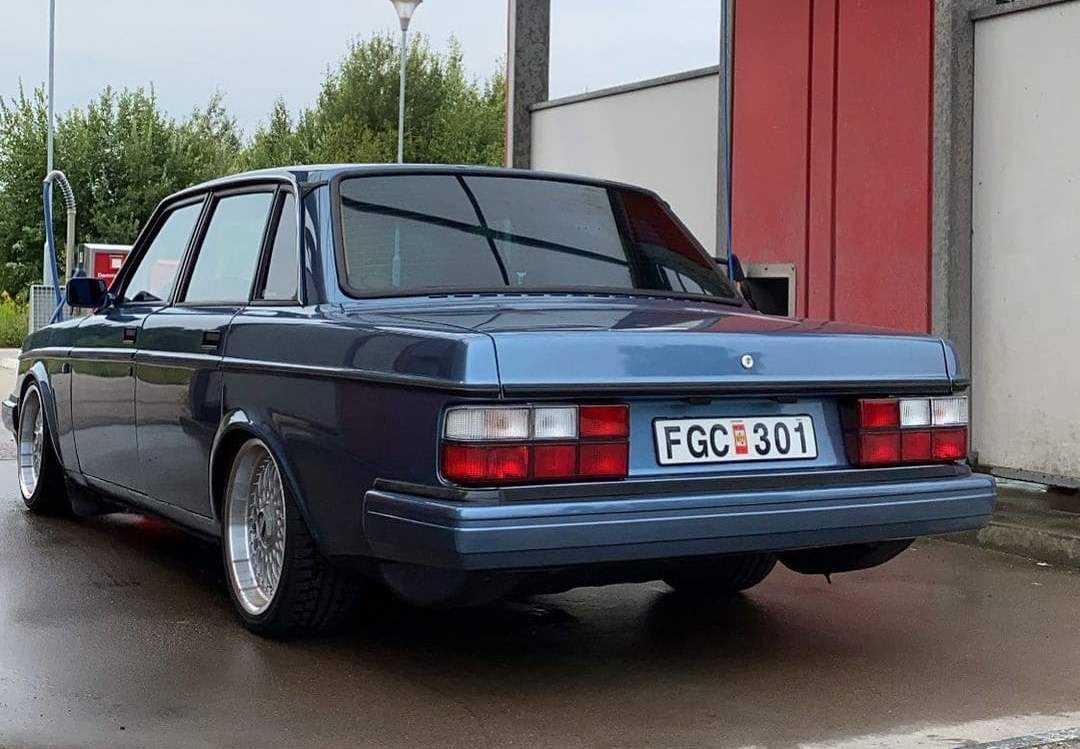
10. Volvo B230FT
The Volvo B230FT is a turbocharged 2.3-liter inline-four engine produced during the 1980s and early 1990s, known for its robust construction and longevity. It powered a range of Volvo models, including the 240 and 740 series, and became famous for combining modest power with excellent reliability.
The B230FT stands out as one of the few turbocharged four-cylinder engines of its era that can consistently deliver long life with minimal need for a rebuild. This engine’s durability can be attributed to its iron block and robust internal components designed to handle the additional stresses of turbocharging.
The forged crankshaft and strong connecting rods enable it to cope with the higher cylinder pressures produced by the turbo. Volvo also engineered the cooling and lubrication systems to effectively manage heat and friction, which are critical to long-term engine health.
The B230FT employs a timing belt rather than a chain, which means that while the engine is reliable, owners must adhere to strict timing belt replacement intervals to avoid severe engine damage. When maintained properly, however, these engines have been known to run well beyond 200,000 miles. The engine’s relatively conservative boost levels from the factory also help extend its lifespan.
Another hallmark of the B230FT’s longevity is Volvo’s engineering philosophy, which focused on overbuilt parts and safety margins. This approach means the engine can endure less-than-ideal maintenance practices better than many modern engines. While it’s not a bulletproof design in the same league as some diesel engines, its balance of performance and durability has earned it a dedicated following.
Many enthusiasts continue to keep these engines on the road with routine maintenance, appreciating the B230FT’s smooth power delivery and ability to handle daily driving as well as spirited runs. The engine’s legacy is one of solid engineering that rewards care and attention with years of dependable service.
Also Read: 5 Cars That Will Never Lose Appeal vs 5 That Already Did
As we conclude our exploration of the ten engines that seldom need a rebuild, one thing becomes abundantly clear: durability is no accident. It is the product of thoughtful design, high-quality materials, and meticulous engineering aimed at creating machines that endure the test of time.
In an age where rapid technological change often leads to complex, sensitive components, these engines stand out as bastions of reliability—a testament to the fact that sometimes, simpler, stronger, and more conservative engineering choices yield the longest-lasting results.
Throughout this article, we have journeyed across decades and continents, discovering engines that have powered everything from iconic sports cars to rugged work trucks and commercial vehicles.
The Toyota 2JZ-GTE’s iron-block and forged internals, the Honda K-series’ precise engineering, and the Ford 300 Inline-6’s no-nonsense simplicity each showcase different approaches to reliability, yet they all share the common trait of resilience.
Similarly, diesel engines like the Mercedes-Benz OM617, Cummins 5.9L 12-valve, and Toyota 1HZ demonstrate how heavy-duty construction and straightforward mechanical systems can lead to extraordinary longevity, even in the most demanding environments.
What do these engines teach us beyond just mechanical robustness? They remind us of the value of maintaining our vehicles properly. Even the most bulletproof engine can be compromised by neglect, harsh conditions, or poor maintenance practices.
Regular oil changes, timely replacement of wear items like timing belts or chains, and attention to cooling and fuel systems are essential to unlocking the full lifespan potential of any engine. These engines often require relatively simple care routines, underscoring that longevity is as much about how an engine is cared for as how it was built.
The stories of vehicles equipped with these engines still running strong after hundreds of thousands of miles are more than anecdotes—they represent decades of engineering excellence and real-world validation.
Enthusiasts, fleet operators, and everyday drivers continue to rely on these powerplants because they embody the rare combination of performance, efficiency, and longevity. This durability translates into reduced downtime, lower long-term ownership costs, and peace of mind—a priceless asset for anyone dependent on their vehicle.
Furthermore, the enduring legacy of these engines offers important lessons for future automotive design. As the industry shifts toward electrification and increasingly complex powertrains, the principles that made these engines so reliable, such as simplicity, overbuilt components, and conservative tuning, remain relevant.
Even in electric vehicles, durability and ease of maintenance will be paramount concerns, and engineers can draw inspiration from the success of these legendary internal combustion engines.
In conclusion, the engines highlighted in this article are more than mechanical devices; they are symbols of reliability, endurance, and smart engineering. They prove that with the right design philosophy and care, engines can outlast not only the vehicles they power but also generations of drivers who depend on them.
Whether you are searching for a dependable engine for daily driving, a platform for modification, or simply want to understand what makes an engine truly reliable, these ten engines provide exemplary blueprints.
Choosing a vehicle equipped with any of these engines means investing in peace of mind, knowing that under the hood lies a powerplant designed to withstand the rigors of time and use with minimal intervention. In a world where new technologies sometimes prioritize innovation over reliability, these engines remind us that true greatness lies in lasting performance.
They stand as timeless reminders that sometimes, the best kind of power is the power to keep going, mile after mile, year after year, without ever needing a rebuild.

